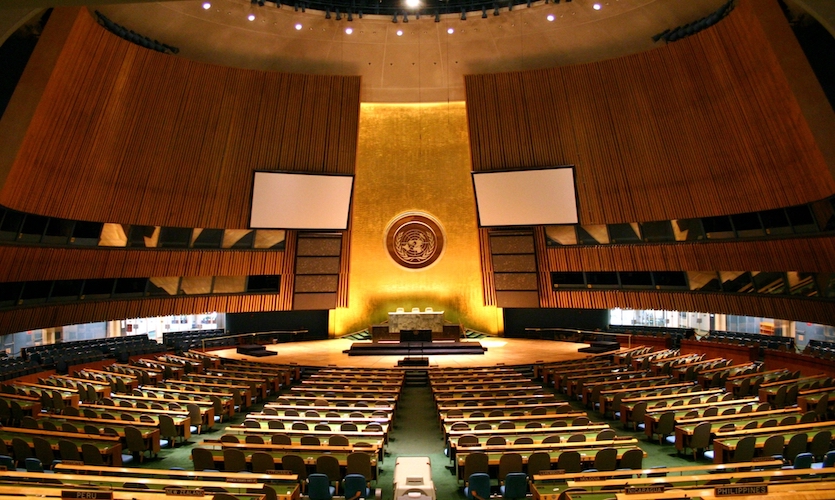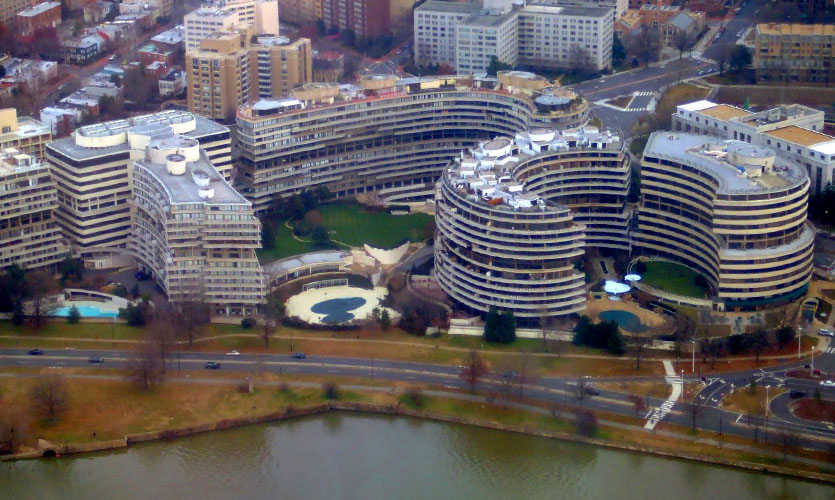On Wednesday, Sri Lankan Foreign Minister GL Peiris told reporters that India would be providing an additional $500 million in financial assistance to buy fuel. The troubled island nation further mentioned that Bangladesh has also agreed to delay $450 million in swap repayments to ease the burden on the nation. “Assistance by the IMF will take about six months to come to us and it will come in tranches,” said Peiris. “During the intervening period, we need to find funds to keep our people supplied with essentials,” he added.
Sri Lanka is currently in the midst of its worst economic downturn since attaining independence in 1948. The island nation of 22 million is facing a shortage of food, fuel and medicine, along with power cuts spanning more than seven hours. Mismanagement by successive governments has led to huge piles of foreign debt, soaring inflation, depleting foreign currency reserves and devalued currency. The economic and political crisis has led to the eruption of multiple protests despite government-imposed curfews.
India has been steadfast in helping Sri Lanka, and is expected to give the second $500 million in fuel credit. So far, India has provided nearly 400,000 tons of fuel. Additionally, India has also extended two credit lines worth over $2 billion to help the country buy rice, medicines and other essentials. Sri Lanka has sought India’s support to garner international financing as it enters negotiations with the International Monetary Fund (IMF) for a bailout deal worth at least $4 billion. India has also been pushing the IMF to urgently provide financial assistance to Sri Lanka. Indian Finance Minister Nirmala Sitharaman met with IMF chief Kristalina Georgieva on the sidelines of the IMF-World Bank spring meeting in the US, to urge for speedy aid to be provided to the people of Colombo. The IMF chief lauded India for its efforts in supporting its neighbours and other vulnerable economies.
Read more: What Led To The Grave Economic Crisis In Sri Lanka?
Reportedly, Sri Lankan citizens have had to stand in long queues to get access to these essential commodities, with military troops deployed at state-run fuel stations to distribute resources. Inflation in the country surged to 15.1 percent in February 2022, and its debt-to-GDP ratio hit 119 percent in 2021. News agency AFP cited police and local officials on the breakout of protests, with thousands of angry citizens flooding the streets, burning tyres, and blocking a major road leading into the capital. The protests occurred as a result of a hike by the state-run Ceylon Petroleum Corporation (CPC), which raised the price of 92 octane to LKR 338 per litre – an increase of LKR 84. This was CPC’s second price hike this month. Additionally, the Lanka Indian Oil Company hiked its prices for the fifth time in six months. Reuters reported that there were ongoing talks on linking the electricity grids of India and Sri Lanka, which has been seen as a step to help Delhi reduce China’s influence over the island nation.
The protests in Sri Lanka have taken a violent turn, with one protester shot dead and 10 others wounded, on April 19.










